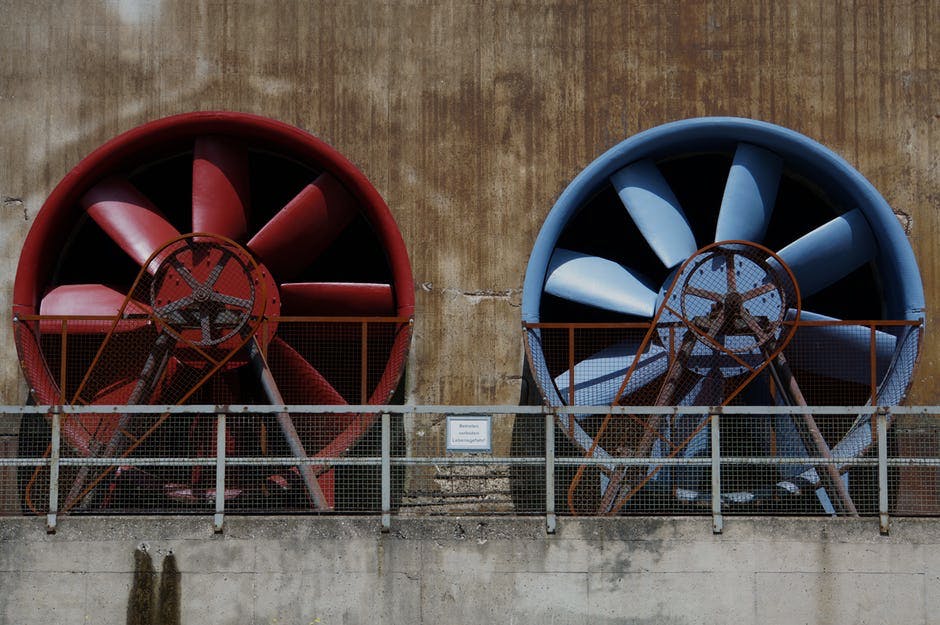Mine Ventilation Design

At a Glance
Discipline
- STEM
- Engineering
Instructional Level
- University
Course
- Mine Ventilation
Tasks in Workflow
Social Plane(s)
- Individual
- Group
Type of Tasks
- Solving problems
- Analyzing
- Reviewing & assessing peers
- Creating & designing
- Revising & improving
- Presenting
Technical Details
Useful Technologies
- Simulation Software
Time
- Multiple class periods (2-3 classes)
Instructional Purpose
- Application & knowledge building
Overview
In this project-based activity, students learn how to design ventilation systems for mines while simultaneously learning collaboration and problem-solving skills.
This activity begins with a warm-up exercise intended to help students make connections between ventilation concepts and analytical calculations. Throughout the semester, groups solve three open design problems. Each mini-design builds on the skills developed in the previous mini-design. The first mini-design involves a pressure loss scenario, and students develop a design process. The second mini-design involves a ventilation network scenario (using VentSim), and students develop a design process, select and use engineering tools. The third mini-design involves a mine heating and cooling scenario (using VentSim), and students develop a design process, evaluate engineering tools and identify the tools’ limitations.
The activity culminates in a final design project, which builds on the skills that students developed during the mini-designs. Students work in the same groups as for the mini-designs, so they are able to develop their teamwork skills. In completing the final design project, students work on their analytical reasoning, written, peer feedback, and presentation skills.
Instructional Objectives
Students will be able to:
- Analyze a mine ventilation system including estimation of airflow requirement, airflow resistance, pressure losses and fan power
- Evaluate a ventilation network analytically using Kirchhoff’s law and numerically using Hardy-Cross technique in VentSim design software
- Design a ventilation fan based on its optimum performance
- Describe mine gases and dust and their mitigation strategies
- Assess thermal conditions in a mine using a psychrometric chart for heating and cooling design and ClimSim climatic design software
- Design a mine ventilation system
Workflow & Materials

Activity Workflow
Applied Strategies
Published: 20/11/2018
Copyright: © 2025 Sasmito. This is an open-access article distributed under the terms of the Creative Commons Attribution License (CC BY). The use, distribution or reproduction in other forums is permitted, provided the original author(s) and the copyright owner(s) are credited and that the original publication on this website is cited, in accordance with accepted academic practice. No use, distribution or reproduction is permitted which does not comply with these terms.

